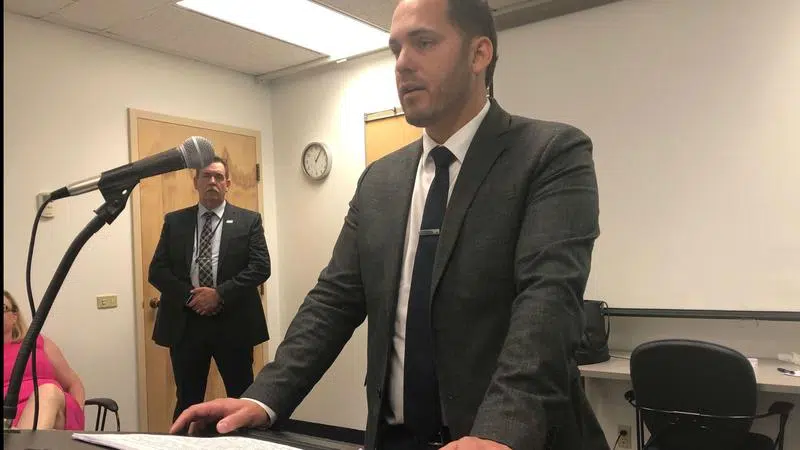
UPDATED: “There were no good options” – Lethbridge Police Officer will not be charged after running over deer on Scenic Drive
LETHBRIDGE, AB – A Lethbridge Police Officer, caught on cell phone video running over a deer on Scenic Drive multiple times in a 15 minute time span, will not face any criminal or wildlife related charges.
Those are the findings made by the Alberta Serious Incident Response Team (ASIRT), after their assistance was requested by Lethbridge Police Chief Rob Davis to investigate the officer’s actions. The Alberta SPCA, along with Alberta Fish and Wildlife were also involved in the investigation.
Because some of the possible offences involved a six-month limitation, the investigation had to be prioritized to ensure no loss of jurisdiction.


